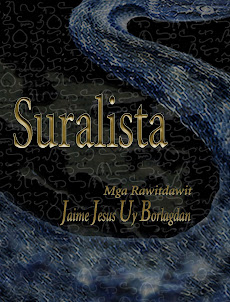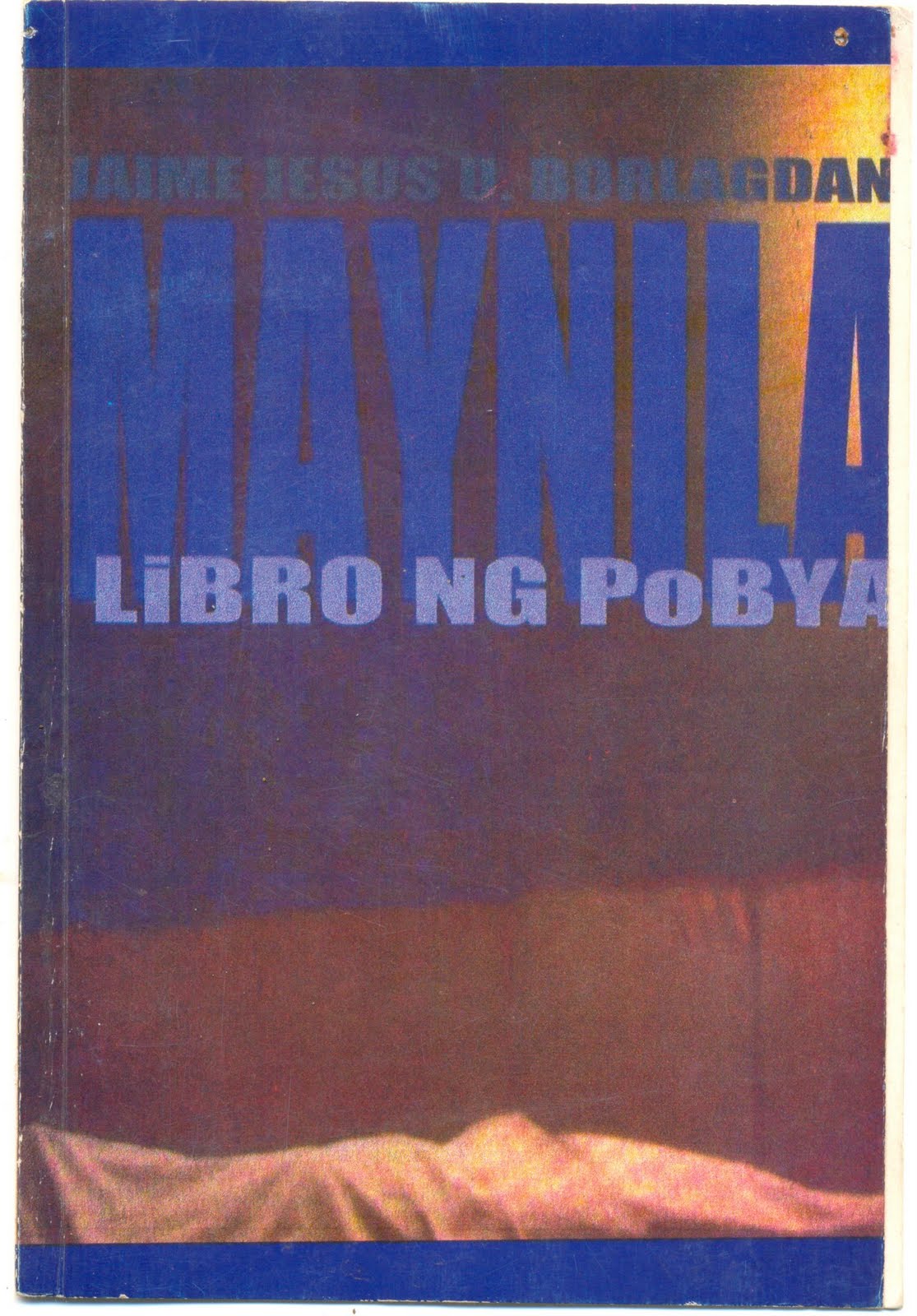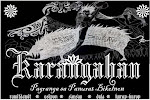Nahiling ko su sarong para-sikad-sikad na nalunadan ko kan aki pa ako. Sagkod ngonian, iyo man giraray an gibo niya. Puti sana ugaring an buhok niya. An sakit na pigdadara niya, dai ko sigurado kun su saiyang karga o su lawas niyang diit-diit nahuhubasan ki kusog.
Kan su aki pa ako an saiyang kakusugan, makusog an boses niyang nakikigsuhay sa mga kakawat niya sa paturon. Sa weyting syed natatandaanan ko siya ta tinuro siya sako kan sakuyang ina. Sabi ni Mama: Iyan su binayadan kong mag hatod-sundo saimo sa eskwelahan, pero winaldas su binayad ko sa paturon." Matarom su tono ni Mama, kaya tuminadok sa giromdom ko an mga tataramon niyang ito. Dai ko na nalingawan su pamandukon na ito. Sarong pandok na nagpaparumdom sako pirmi na dai kita dapat basta-basta nagtutubod sa mga tawo sa kinaban--na dakol an pwedeng mambua satuya. Baad siya kaito an edad ko man ngonian. Nasa kakusugan. Hiniling niya sana kaming nag-agi, kan hiling na garo daing midbid na kaluyahan. Sa ugot niya sa pakig-iwal, nalingawan niyang dapat palan siyang masupog samuya sa ginibo niyang kabuahan.
Ngonian, nahiling ko siya sa parehong pasyon pero ngonian sa pagpedal kan saiyang sikad-sikad. Nakaduko siya sa tinampo, na garo nasasakitan sa gabat kan saiyang payo. An saiyang hiling balda sa semento. Ano man daw na mga hurop-hurop an pig-aalitan niya sa saiyang hutok? May kun anong kamunduan an saiyang pandok, halos arog kan mga rebulto kan nakapakong Hesus. Kairiba daw sa kamunduan na iyan an pagbasol kan mga nagibo niya kan enot? Naghahanap daw siyang luho sa panahon para makabalik buda tanuson an saiyang mga gibo? O nasa punto na siya kan pag-ako, na dai nang puntariya an pagbasol ta kapaladan niya na an saiyang
kabuahan buda an pagsakitan an hatod kaini sa hudyan?
Hapon na pati kaito, kan nahiling ko an saiyang paggurang. Ano daw kun pigtatapos niya na sana an talimon kan saiyang buhay: harong, tinampo, saod, harong. Paoro-otro sagkod sa dai nang dalan?








2 comments:
saro ka sa mga igsasaluduhan kong parasurat buda musikero.\m/
MAURAG!
Post a Comment